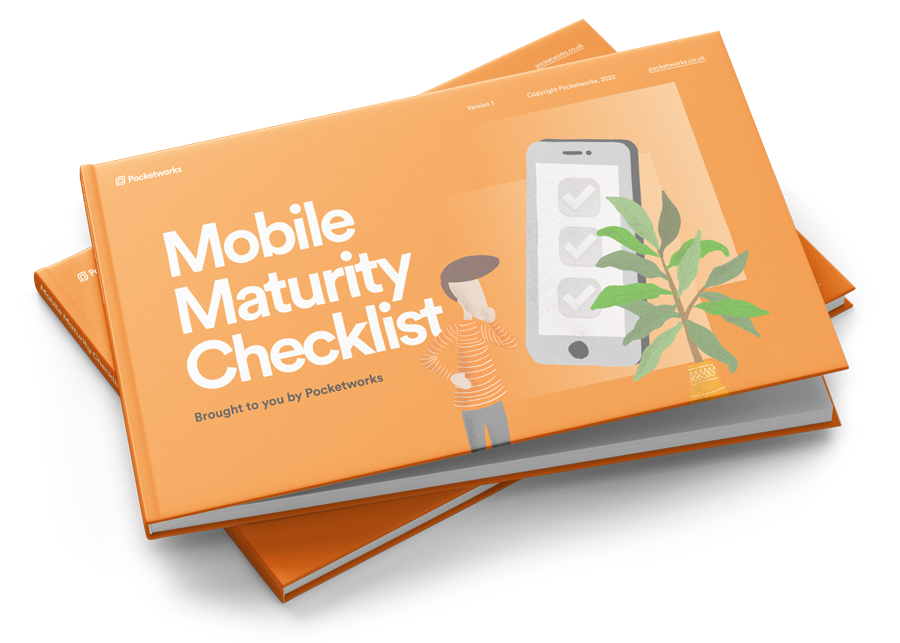Many business owners I speak to are questioning the role of the office. After a long spell of remote working, should they ditch the office or come back to it? Or a mixture of both?
Like many, I've pondered this since May, and in early July we decided to make a permanent switch to being a remote-first company. This means folks can work from anywhere and use the office as a collaboration space when needed.
What we learned is that, it doesn't really matter where we get work done, as long as we're happy and productive. We've found that remote working has given us more head-space and fewer distractions. This means we can do better work and give more value to our customers.
If you're a business owner considering a similar transition, I've shared our thinking and conclusions below.
Oh, and feel free to grab our "Remote Working Plan" (pdf) with survey results, risks and overall strategy. This is an unedited internal document but hopefully, it will be useful.
Why go back?
If you run a business where people come into the office every day, and suddenly everyone has to work from home indefinitely due to a global crisis, a few thoughts dash through your mind. Like "OMG, this could be the end of us" and "How can we do good work if we can't collaborate properly".
Then, as the weeks go by, you realise that it's not so bad. People still get things done. Customers are happy. People speak positively about their new-found flexibility and focus. Most importantly, if you're lucky, you'll notice productivity is on the up, and profit too.
Then, you start to think "Why would I want to go back to how things were? Isn't this an opportunity to embrace what we've learned and run with it."
So that's what we did.
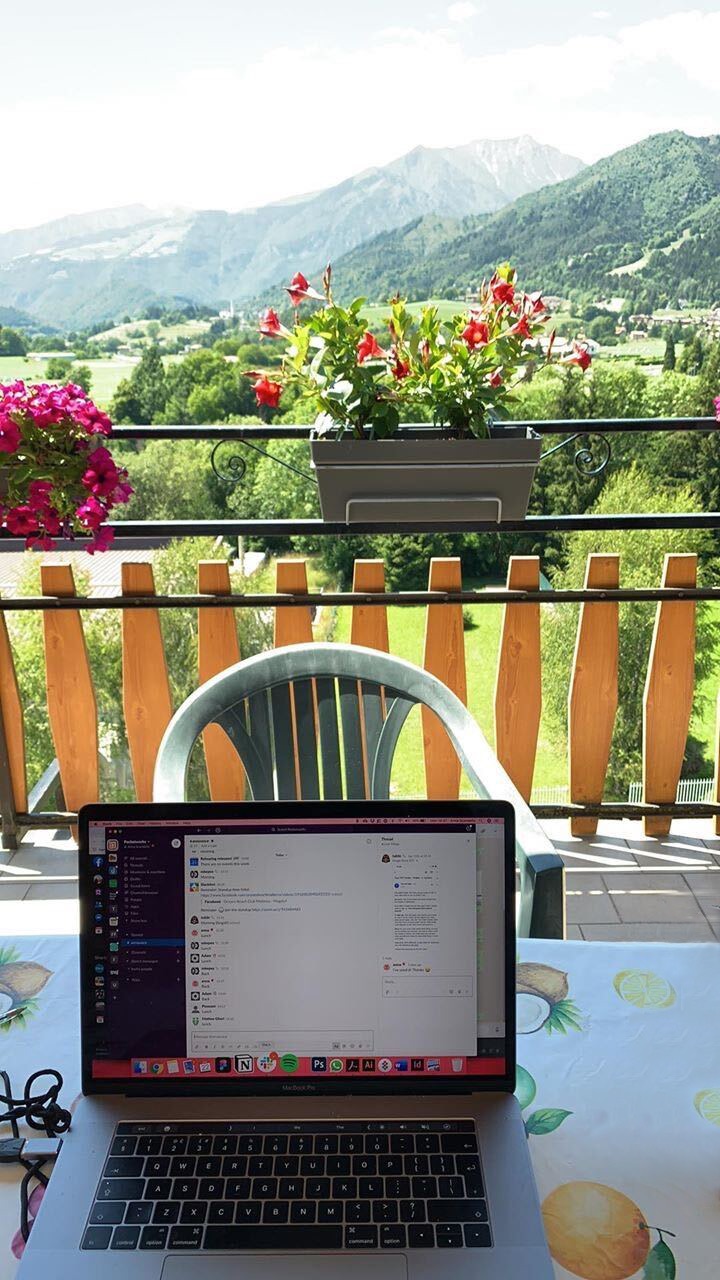
Anna's family live in Italy, so when international travel was allowed, she went home for three weeks and enjoyed seeing her family again, and this view. This is the kind of freedom we'll all be able to enjoy under the work from anywhere scheme.
No half measures
It's easy to think a hybrid model is best. Why not just offer staff more home working flexibility and ask staff to come into the office a few days a week?
This is where my own thinking started. However, I quickly realised that the reason the last three months has worked so well is that we were forced to be remote-first. What if being forced to do it 100% is what makes it work?
If you read a book or two about remote working, you'll hear people talking about remote-friendly and remote-first. Remote friendly is where you have tools that support remote working. Many meetings might be done with a web-cam on for the remote folks, and you'll have cloud-based tools that people can use from home.
Remote-first is where all your practices, habits and tools are optimised for remote-working.
Pocketworks was remote-friendly before the pandemic. However, there were several things that really made this remote-not-so-friendly. Some examples...
- The meeting room has a bad reverb, so the audio quality is poor on both sides.
- In any given meeting, people in the office might start to have small conversations between themselves, which causes chaos for the remote folks.
- It was "ok" to just grab people for a quick face to face meetings, and not include the remote people because it was too inconvenient to schedule it over Slack or whatever.
Being forced to work from home quickly fixed all those issues. Suddenly, everyone is equal when it comes to communications.
So, as we slowly return to the office, we're taking steps to ensure we remain remote-first, not remote-friendly.
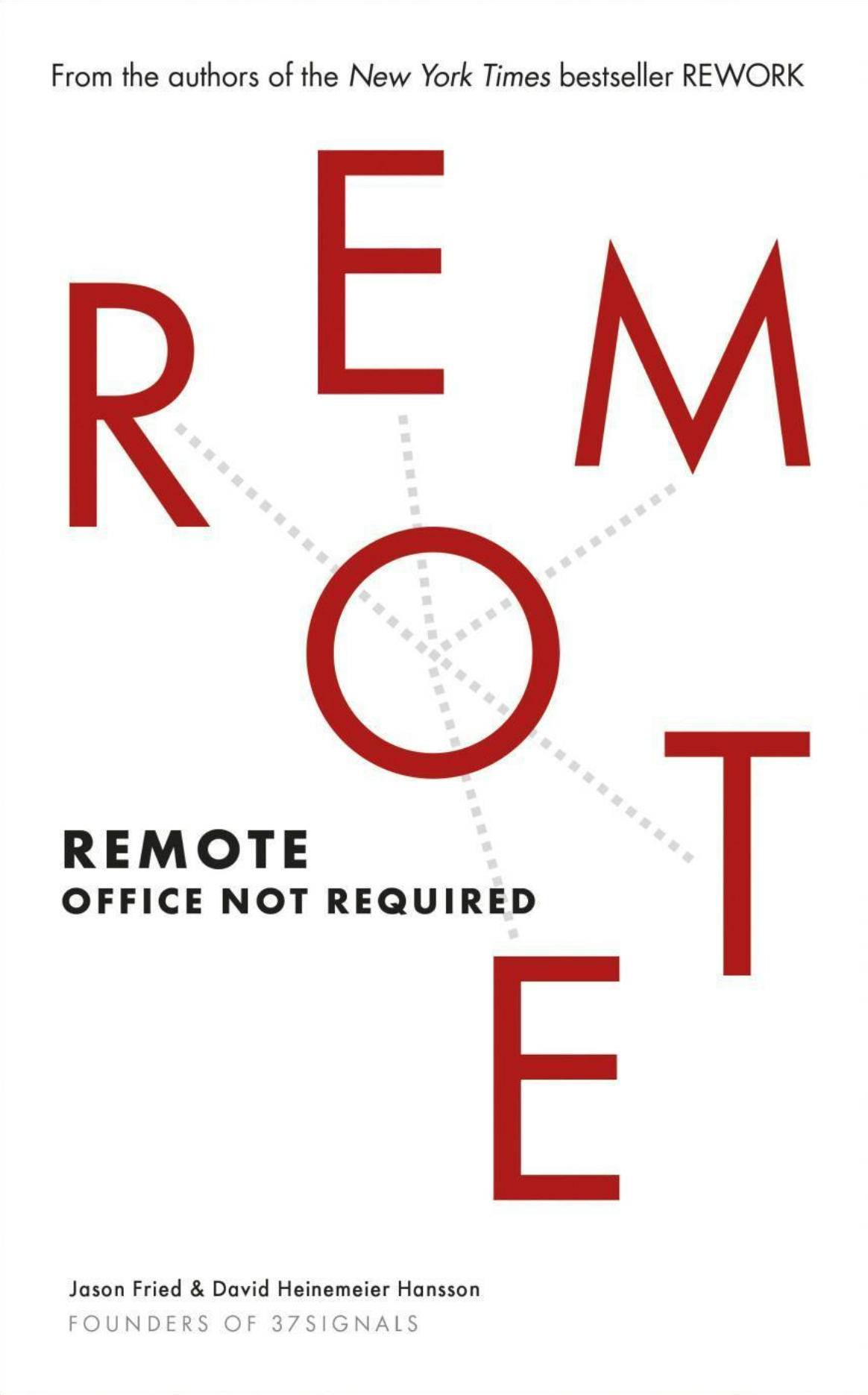
I'd recommend the Remote book by Basecamp.
Views from the team
Here's a snapshot of the teams' attitudes to the home and office. This info was gathered via a quick survey on Google Forms and was useful for shaping the discussions and the plan.
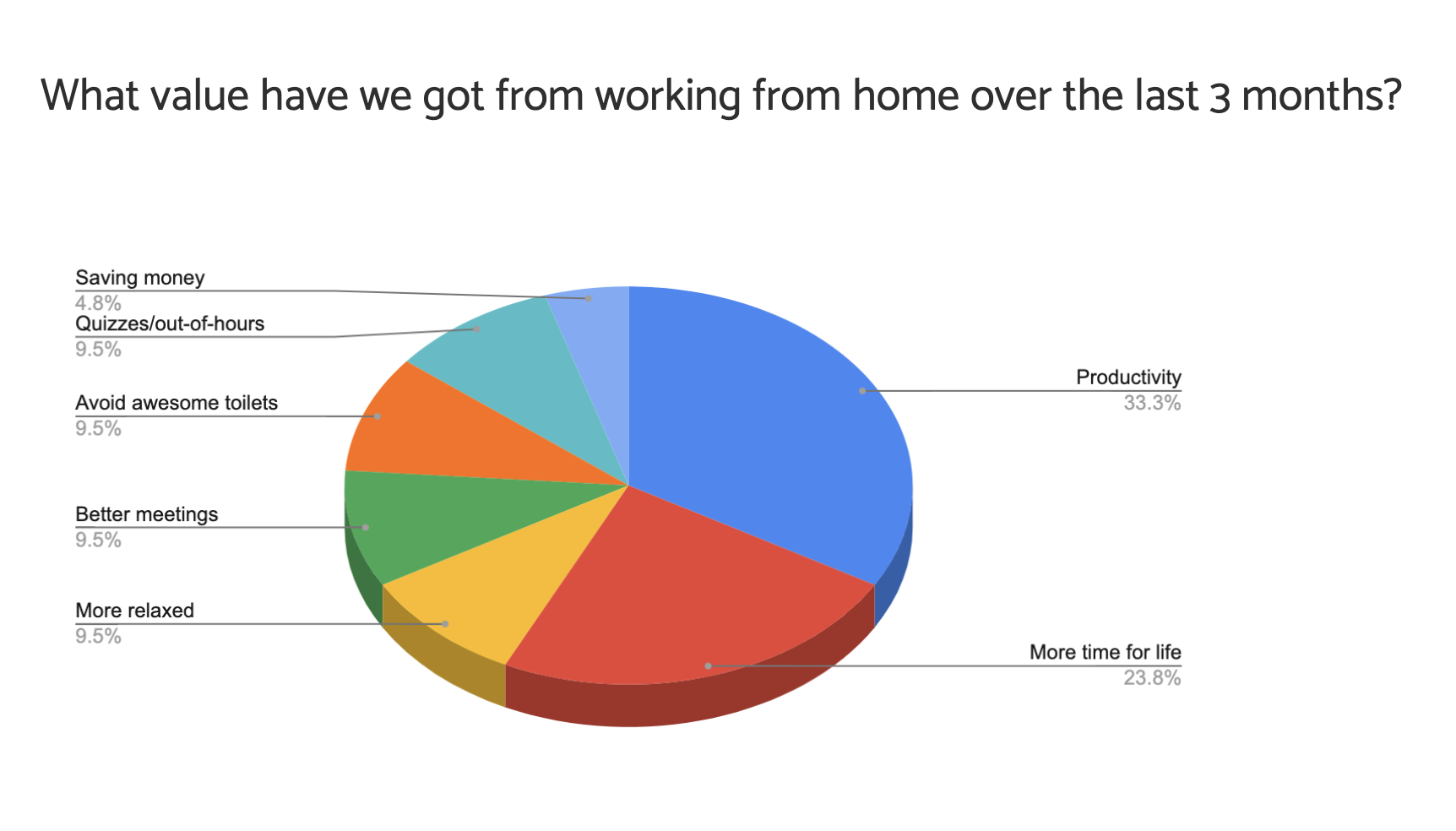
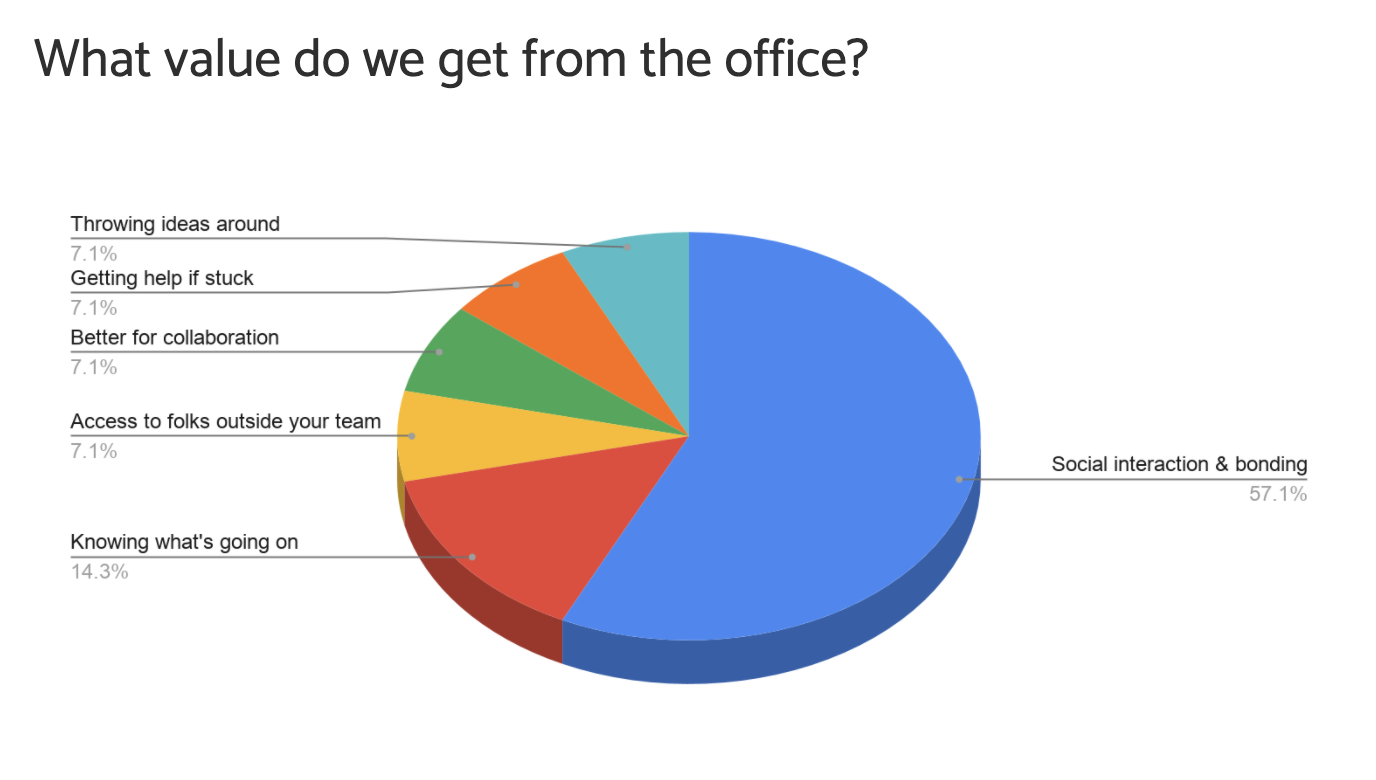
Our internal "Remote Working Plan" (pdf) has all the aspects we looked at.
Views from our customers
We mostly work on digital transformation projects for £30m-£500m turnover businesses. Construction firms, device manufacturers, ground transportation - that kind of thing.
What we've learned is that face-to-face office time is really useful for getting to know each other and building trust. We accept that sometimes a big whiteboard is the best tool for communication. However, by and large, busy professionals only jump in the car as a last resort. They don't want to spend hours on the road. They want the option to see us, but they also know most of the product development work can be done very well over the wires.


